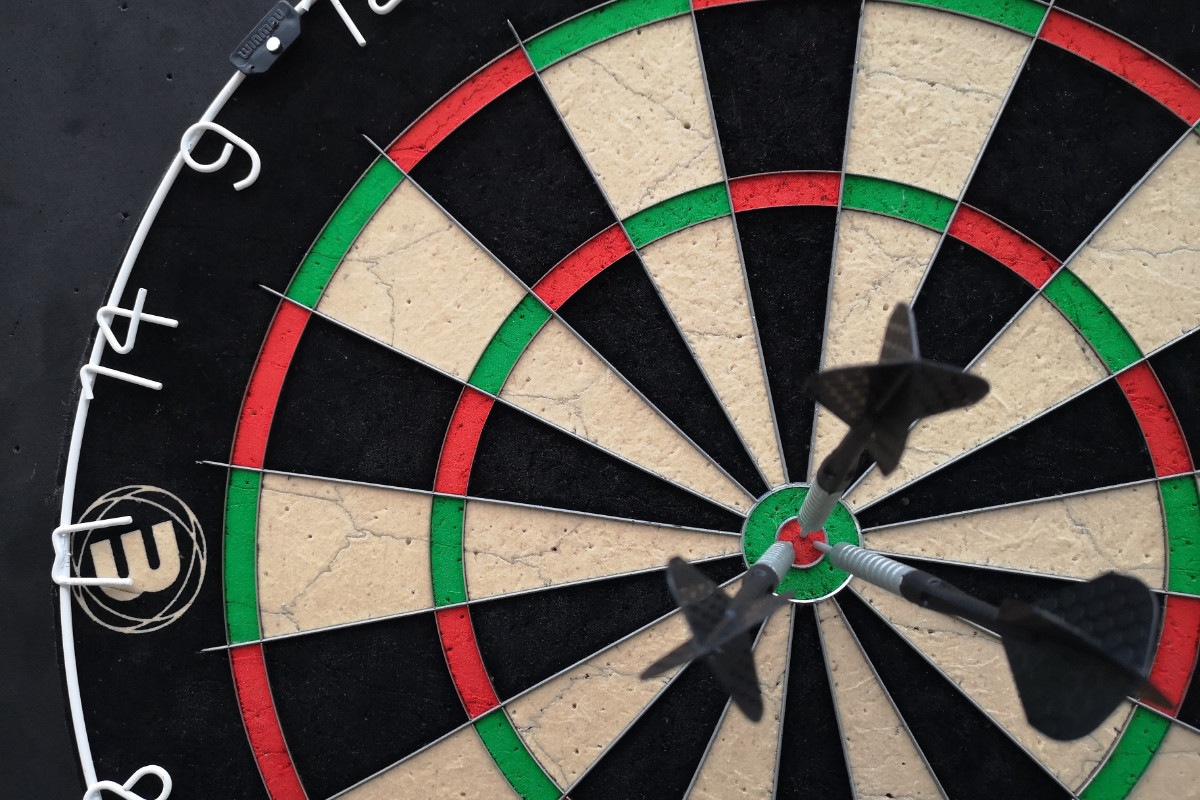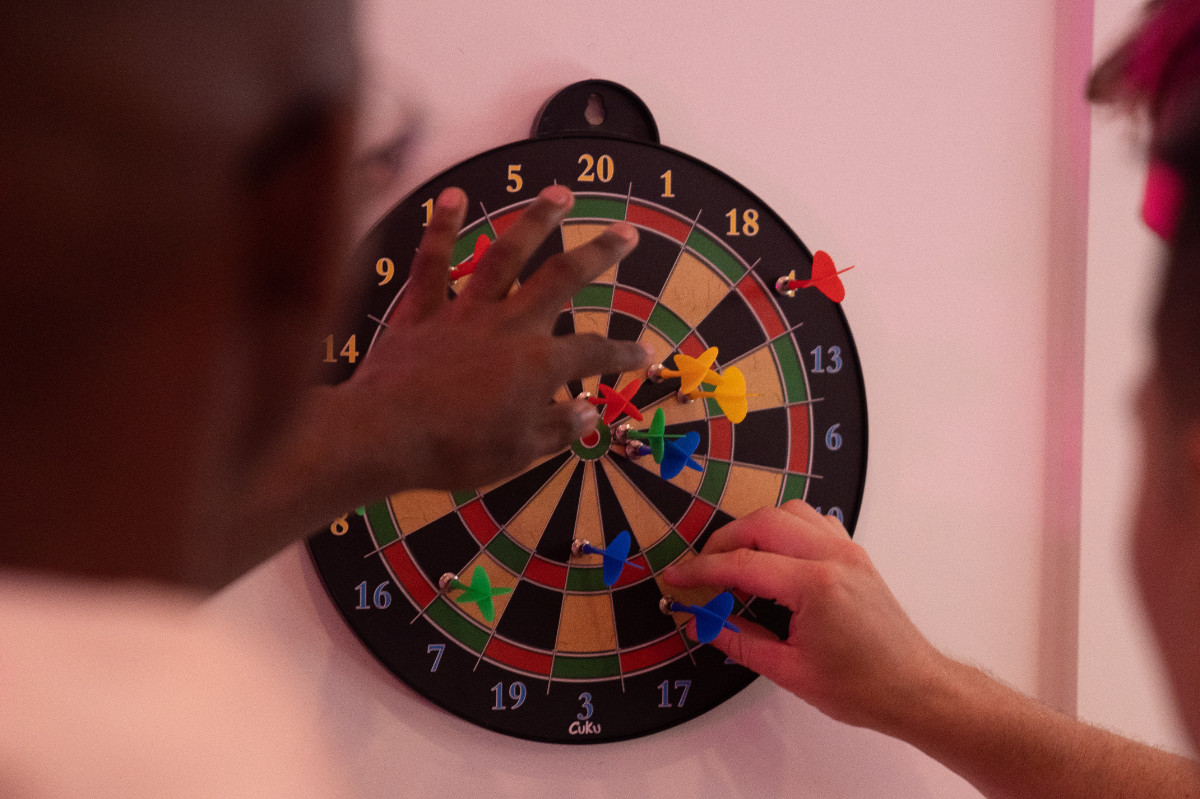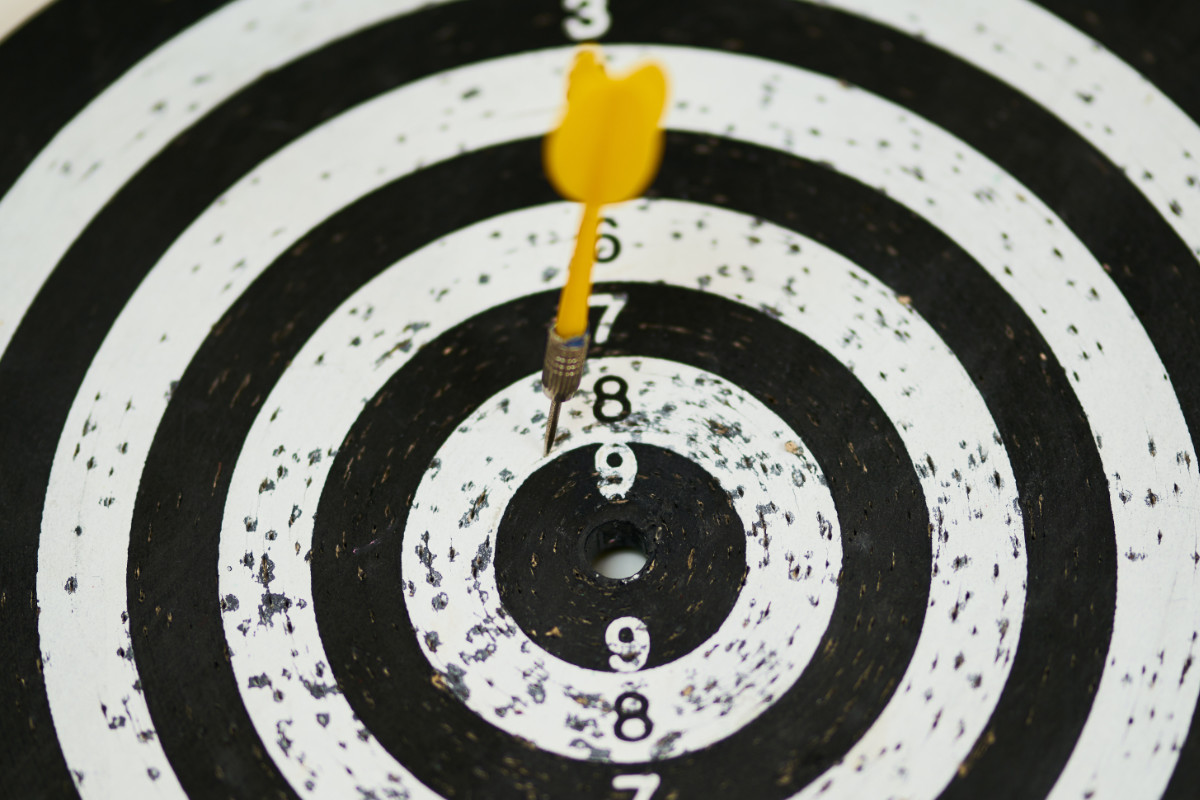Every darts player knows the importance of the throwing distance, but have you ever wondered why the standard distance is set at 2.37 metres (7 feet 9.25 inches) from the board? In this blog post, we’ll dive into the history and reasoning behind this specific measurement and how it became the global standard for the game of darts.
A Brief History of Darts
While the exact origins of darts are unclear, the game can be traced back to medieval England, where soldiers would throw short arrows at tree trunks or wine barrel lids for amusement. Over time, the game evolved and became more formalized, with standardized rules and equipment. The modern game of darts as we know it today began to take shape in the late 19th and early 20th centuries.
The Evolution of the Throwing Distance
In the early days of darts, there was no standard throwing distance. Players would often throw from varying distances based on personal preference or the space available in pubs and clubs. However, as the game gained popularity and competitive leagues emerged, the need for a standardized throwing distance became apparent.
The British Darts Organisation (BDO) was established in 1973 and took on the task of standardizing the game, including the throwing distance. After much debate and experimentation, the BDO settled on the 2.37 metre (7 feet 9.25 inches) distance, which has since been adopted by other darts organizations worldwide, including the Professional Darts Corporation (PDC) and the World Darts Federation (WDF).
The Reasoning Behind the 2.37 Metre Distance
While the exact reasons for choosing 2.37 metres as the standard throwing distance are not well documented, it is believed that the measurement was chosen based on a combination of factors, including:
- Optimal challenge: The 2.37 metre distance provides an appropriate level of difficulty for players, striking a balance between being too easy and too challenging.
- Space considerations: As darts was predominantly played in British pubs, the throwing distance needed to fit comfortably within the available space. The 2.37 metre distance was deemed suitable for most venues.
- Player safety: The chosen distance ensures that players are far enough away from the board to avoid injury from bounce-outs or mis-thrown darts.
- Historical precedent: It is likely that the 2.37 metre distance was already commonly used by many players and clubs before it was formally standardized by the BDO.
Conclusion
The 2.37 metre (7 feet 9.25 inches) throwing distance in darts has become a globally recognized standard, providing a consistent and challenging experience for players of all skill levels. The history and reasoning behind this specific measurement may not be entirely clear, but it has stood the test of time and remains an essential part of the game we all know and love.



